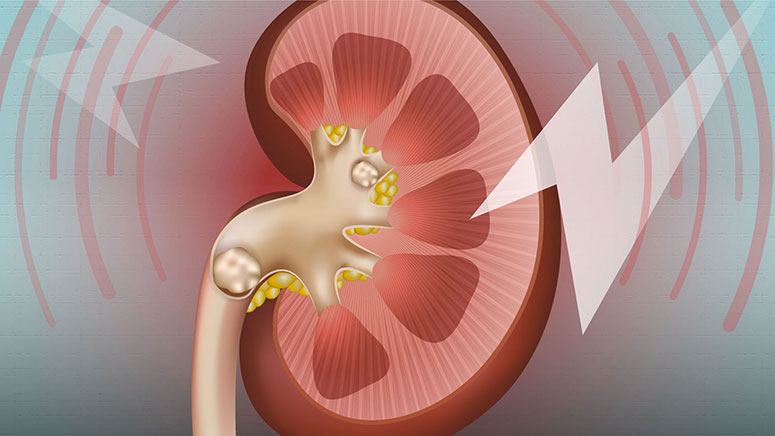Table of Content
Verywell Health uses only high-quality sources, including peer-reviewed studies, to support the facts within our articles. Read our editorial process to learn more about how we fact-check and keep our content accurate, reliable, and trustworthy. One way to tell the difference among the types of sore throat is the length of symptoms. If the disease is because of infections then the doctors might recommend using antibiotics. If dry air contributes to your irritated throat, breathing in steam from a hot bath or a boiling pot of water may give you some relief. In addition, sprays are available to numb or soothe your throat.

Just be sure to clean your humidifier regularly to prevent the growth of bacteria. Cobblestone throats are often diagnosed during a physical examination by a doctor. Your doctor may also order tests, such as a CT scan or MRI, to rule out other causes of your symptoms.
Cobblestone Throat: Why These Lumps Form in Your Throat?
You can also try nasal sprays if you are suffering from cobblestone disease due to allergies. Lauren completed a bachelor's degree in biopsychology from The College of New Jersey and non-degree graduate coursework in public health at Princeton University. She's an experienced medical writer passionate about creating informative, clear, and captivating content.
Outside of writing, Lauren runs a small farm with her husband and their four big dogs. This also includes information provided by the American Dental Association , the American Association of Orthodontics , and the American Academy of Pediatrics . All NewMouth content is medically reviewed and fact-checked by a licensed dentist or orthodontist to ensure the information is factual, current, and relevant. Sleeping upright and with a pillow supporting your lower back can prevent mucus from accumulating at the back of your throat, preventing further irritation.
How to Treat Cobblestone Throat at Home?
If your symptoms last more than two days, you should see a doctor ensure there are no signs of a severe virus. In severe cases, however, cobblestone throat may be caused by a more serious condition. It may be a bacterial infection, or an underlying growth or disorder of blood cells. Despite the underlying cause of the condition, antibiotics are unlikely to provide any noticeable relief. Even if you do experience cobblestone throat, you should try to rest and drink more water. If possible, you should consult a doctor and seek treatment as soon as possible.
Turmeric is a strong antioxidant then can treat a wide range of infections, ilnness and wounds of the body. Try to drink this one at night, so that you are able to enjoy the perks of healing and comfort. Bacteria or other conditions can also cause cobblestone throat. The term cobblestone throat refers to an inflamed throat with noticeable bumps and lumps in the back. Enlarged lymphatic tissue in the tonsils and adenoids, which are tissue pockets in the back of your throat, causes the pimples. Postnasal drip is like having a runny nose, only in the back of your throat.
What are the causes of cobblestone throat?
Plenty of vegetables and fruits work medication for calming and refreshing the body. A number of these fruits and vegetables can be grown at home, if you grow them on your own or acquire them in organic containers. You can find lots of delicious natural remedies in the food store and there are even whole-wheat or natural pastas available. Patients who have cardiovascular disease or hypertension should not use these medications.

Symptoms and treatments for cobblestone throat are different from case to case. Listed below are some of the most common treatments for cobblestone throat. Read on to learn about the various treatments and their benefits and disadvantages. You can also find out which medications can make the condition worse. Is caused by a virus, which means cobblestone throat may result from an infection. Common respiratory infections, like the flu or a cold, are more likely causes.
MORE FROM HEALTHPREP
COVID-19 is caused by a virus, which means cobblestone throat may result from an infection. Sometimes, invaders like viruses bypass these defenses and trigger your body’s immune response. When this happens, the tissue in your throat swells and mucus production increases.

In addition to seeing bumps at the back of the throat, a person may have swelling at the back of the mouth or throat, often right behind the tonsils. People with swelling or lumps at the back of the throat might worry that they have cancer. Cancer does not typically cause bumps at the back of the throat. However, it is important to talk to a doctor about any growth or swelling that does not go away. Some people call this symptom cobblestone throat due to its appearance. Is good at getting rid of germs or irritants that typically cause cobblestone throat.
This irritation can lead to a sore throat, postnasal drip and eventually, cobblestone throat. Many people with cobblestone throat worry that the bumps are cancerous lumps or signs of an HPV infection that may become throat cancer. But cobblestone throat isn’t related to high-risk strains of HPV or throat cancer.

If a bacterial infection like strep throat causes inflammation and swelling, your provider will likely prescribe antibiotics to resolve the infection. Cobblestone throat can be due to pharyngitis, a condition that causes the throat to become irritated and swollen commonly known as a sore throat. Viral and bacterial infections like cold or flu are the main culprits behind pharyngitis although it can be caused due to other conditions as well. Often wake up in the morning with a runny or blocked nose, with sensations of mucus trickling backwards down your throat (post-nasal drip)?
This cobblestone throat diet will help to ease your symptoms and get you on the road to recovery. If you’re suffering from a cobblestone throat, try one of these home remedies to help get relief. And be sure to see your doctor if the symptoms don’t improve or if you develop any new symptoms. Are you searching for home remedies for a cobblestone throat? There are several effective treatments that you can try at home.
Fortunately, a healthy immune system is good at getting rid of germs or irritants that typically cause cobblestone throat. Inflammation and cobblestone throat can also et caused by excessive exposure to airborne irritants, such as smoking, vaping, and air pollution. Bumps in the back of the throat can be alarming, but for most people, this symptom will disappear over time without treatment. However, the evidence was of poor quality, so they do not recommend any specific Chinese herbal remedies for treating throat pain.

No comments:
Post a Comment